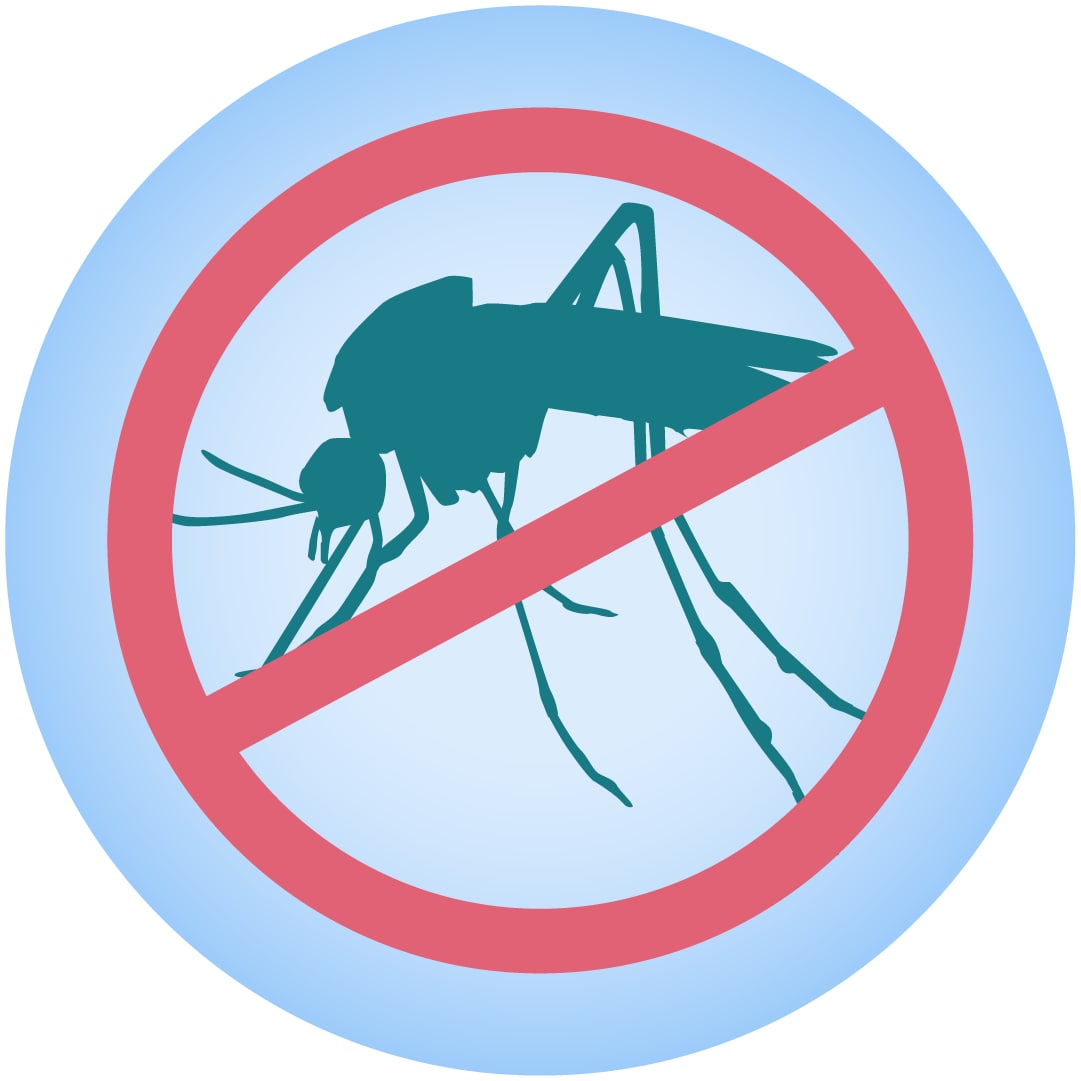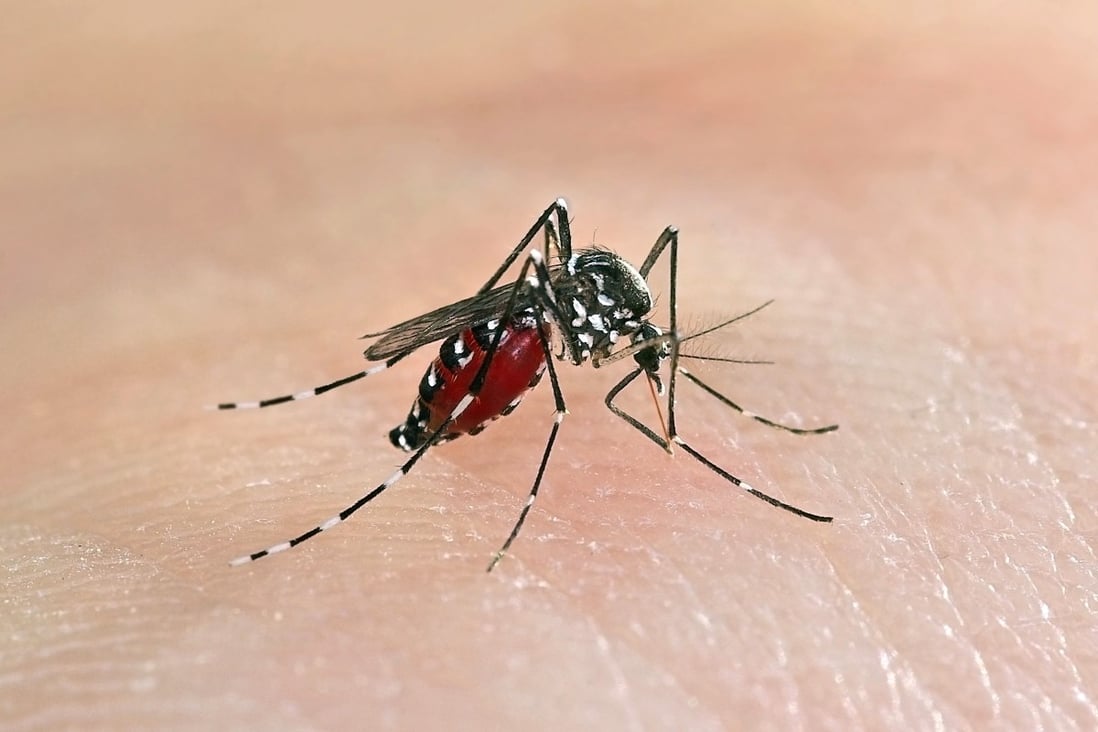IVM is defined as a rational decision-making process. Professionals from local government departments or mosquito control districts develop mosquito control plans by using an integrated mosquito management IMM or integrated vector management IVM approach.
 Imagine A World Without Malaria Imerys
Imagine A World Without Malaria Imerys
It must be pointed out that the objective of environmental management for vector control is the reduction of the abundance of dangerous species.

Mosquito population reduction with vector control. The authors chart the history of vector control through time from elucidation of the transmission route of VBDs. IMM uses a combination of methods to prevent and control both nuisance mosquitoes and mosquitoes that spread viruses like dengue West Nile Zika and others. Mosquito-control operations are targeted against three different problems.
Dengue a mosquito-borne viral infection is a serious health problem in tropical and subtropical countries such as Philippines. Most dengue prevention programs aim to eradicate its mosquito vector Aedes aegyptiA successful population control program is reliant in understanding the mosquito behavior and ecology including how human-made structures such as roads influence its expansion and. Because many of these entities were focused on vector species surveillance municipalities.
The principal method by which these diseases are controlled is through vector control. Using fish that eat mosquito larvae the use cat fish to eat up mosquito larve in pond can eradicate the mosquito population or reducing breeding rates by introducing sterilized male tsetse flies have been shown to control vector populations and reduce infection risks. Environmental management measures constitute an effective component of such strategies.
Mosquito control is a vital public-health practice throughout the world and especially in the tropics because mosquitoes spread many diseases such as malaria and the Zika virus. Economically important mosquitoes reduce re. Vector trap technology may reduce mosquito populations by attracting and killing egg-laying female mosquitoes and also has potential for improved vector surveillance.
Realistically it is not possible to kill every mosquito in the City but certain techniques can substantially decrease their population size. Past experience with mosquito vectors. Preventing or reducing dengue virus transmission depends entirely in controlling the mosquito vectors or interruption of humanvector contact.
Vector reductions were sustained in both areas after IVC. Mosquito control manages the population of mosquitoes to reduce their damage to human health economies and enjoyment. Cytoplasmic incompatibility resulting in non-reciprocal fertility is a naturally occurring phenomenon but remains unexplored to greater extent for the control of insect vector populations.
Population reduction techniques refer to techniques aiming at reducing vector density under the threshold required for pathogen transmission. Therefore we obtained data for 1315 microsatellite markers for more than 1500 mosquitoes representing multiple time points for seven populations of three important vector species Anopheles gambiae. Density at the target house in the treatment area changed from 277 mosquitoestrapweek before IVC to 21 after IVC 924 reduction whereas after treating the original control area cross-over density changed from 224 to 35 843 reduction.
The results of the recent pilot trial in Guangzhou China carried out with the support of. Attempts to evaluate the impact of vector control on mosquito effective population size N e have produced inconclusive results thus far. Author summary Vector-borne diseases VBDs such as dengue Chagas disease human African trypanosomiasis HAT leishmaniasis and malaria exert a huge burden of morbidity and mortality worldwide.
WHO promotes the strategic approach known as Integrated Vector Management IVM to control mosquito vectors including those of dengue. This paper presents a comprehensive technology overview of patent documents. The purpose of Vector Control Program is to control the mosquito population and other vectors as needed in and around the City of Jamestown.
Two techniques used to decrease the population are larvaciding and adulticiding. The Texas State Vector Control Response Operating Guidelines DSHS Response and Recovery Unit 2015 which included disaster events required historical and current mosquito population data to demonstrate need for state resources to be allocated. They include techniques based on mosquito release SIT IIT RIDL gene drive for elimination or existing techniques chemical biological physical and environmental control techniques only RIDL and gene drive techniques using GM mosquitoes.
This mechanism deserves priority for mosquito control and reducing disease transmission being non-insecticidal and easier to operate with minimal investments. Vector control can additionally be used for other vector-borne neglected tropical disease primarily dengue and leishmaniasis. Mosquitoes are the vectors responsible for transmitting serious and life-threatening diseases such as malaria dengue yellow fever chikungunya and lymphatic filariasis.
Vector control products are mainly used in malaria control. Very few effective vaccines or drugs have been developed so far to prevent or treat these diseases highlighting a need for vector control. The entomological efficacy of these traps has been demonstrated in limited field trials.
The use of natural vector predators such as bacterial toxins or botanical compounds can help control vector populations. Likewise mosquito fish including Gambusia affinis have largely been. Potential biological control agents such as fungi eg Laegenidium giganteum or mermithid nematodes eg Romanomermis culicivorax parasitize and kill larval mosquitoes but they are not efficient for mosquito control and are not widely used.
For the first time a combination of the nuclear sterile insect technique SIT with the incompatible insect technique IIT has led to the successful suppression of mosquito populations a promising step in the control of mosquitoes that carry dengue the Zika virus and many other devastating diseases. The best agreement based on NRMSE for the observed 79 reduction in mosquito population is achieved under the assumption that vector control traps remove 30 of the gravid females see Supp File 1 online only for La Margarita PR comparison NRMSE values and a mathematical justification of the nonlinear relationship between percent removed. Nuisance mosquitoes bother people around homes or in parks and recreational areas.
Methods of mosquito control is now widely accepted. Vector control for ma-laria targets Anopheles mosquitoes to prevent mosquito bites and therefore transmission and overall reduce the vector population.
 Figure 2 From Controlling Vector Borne Diseases By Releasing Modified Mosquitoes Semantic Scholar
Figure 2 From Controlling Vector Borne Diseases By Releasing Modified Mosquitoes Semantic Scholar
 Pdf Biological Control Of Mosquito Vectors Past Present And Future
Pdf Biological Control Of Mosquito Vectors Past Present And Future
Mosquito Control Department Of Public Health
 A New Dawn For Fighting Mosquito Borne Diseases Vector Disease Control International
A New Dawn For Fighting Mosquito Borne Diseases Vector Disease Control International
 Mosquito Control The City Of Arnold Missouri
Mosquito Control The City Of Arnold Missouri
 Mosquito Control Tulsa Health Department
Mosquito Control Tulsa Health Department

 Researchers Use Radiation And Bacteria To Slash Mosquito Populations Nova Pbs
Researchers Use Radiation And Bacteria To Slash Mosquito Populations Nova Pbs
 Remove Standing Water To Thwart The Asian Tiger Mosquito Morris County Nj
Remove Standing Water To Thwart The Asian Tiger Mosquito Morris County Nj
 Why Is Mosquito Control Important Mosquitoes Cdc
Why Is Mosquito Control Important Mosquitoes Cdc
 Phdmc Mosquito And Vector Disease Control
Phdmc Mosquito And Vector Disease Control
 Mosquitoes Control With Chitosan Mosquitoes Mosquitoescontrol Applicationsofchitosan Http Marshallmarine In Chitosan Ht Chitosan Mosquito Control Mosquito
Mosquitoes Control With Chitosan Mosquitoes Mosquitoescontrol Applicationsofchitosan Http Marshallmarine In Chitosan Ht Chitosan Mosquito Control Mosquito
 Chinese Scientists New Technique To Wipe Out Mosquito Populations May Provide Vital New Weapon Against Range Of Deadly Diseases South China Morning Post
Chinese Scientists New Technique To Wipe Out Mosquito Populations May Provide Vital New Weapon Against Range Of Deadly Diseases South China Morning Post

